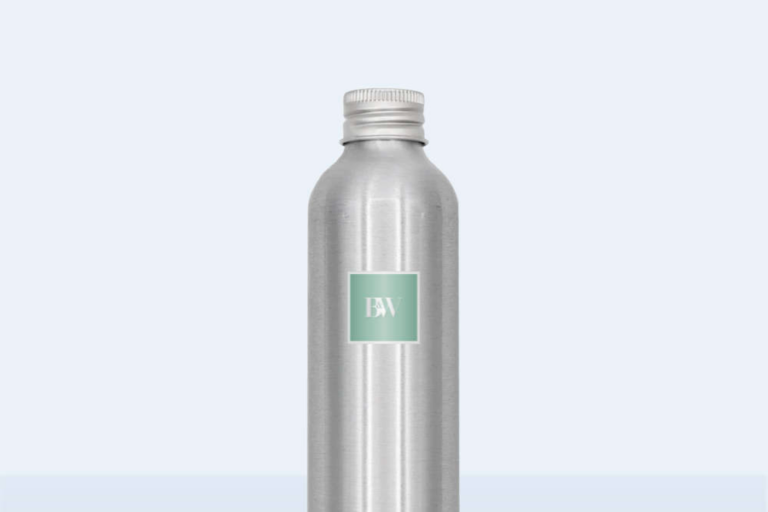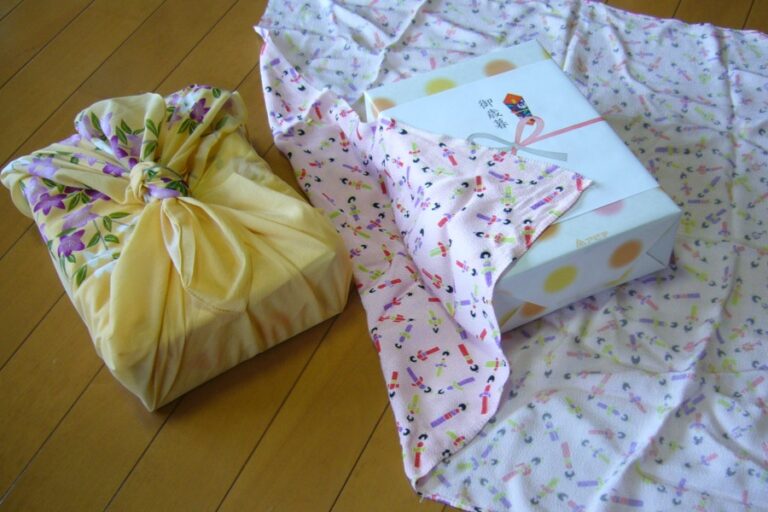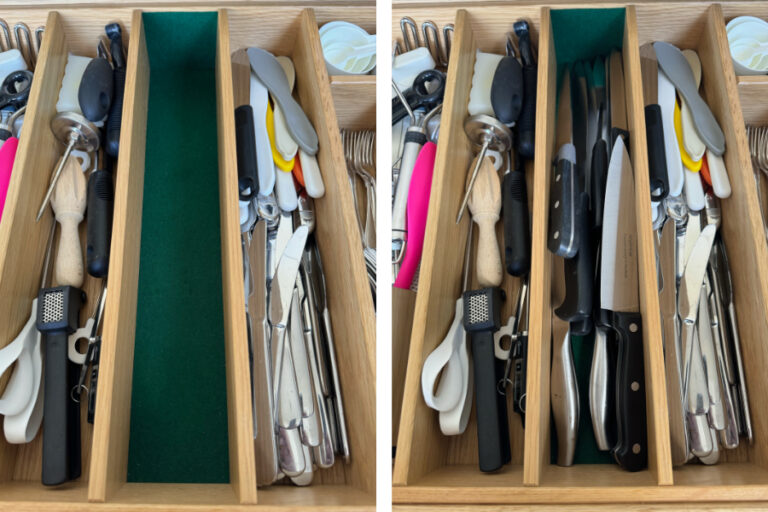In this how to identify face and nap of faced baize fabric, we give a heads up guide to helps you identify the faced side and the nap direction of faced baizes
To people who are new to using baize for their projects it may come as a surprise to learn that the fabric is available with a “faced side”. This is the side that has been cut with a nap, which is directional and gives the fabric a smooth, lustrous surface. The two fabrics that have this are the Extra Wide Baize and the 100% Merino Wool Fabric.
Identifying the Right Side of a Faced Fabric
Some of the fabrics we stock are “faced”, in particular the Extra Wide Baize and 100% Merino Wool Baize. This means that they have a right side or outward-facing side, which is the side the nap is cut on. If you have just bought a piece of faced fabric this is how to identify its right side.
Sheen and Texture
Look for a sheen. The nap gives the right side of the fabric a slight sheen. It also has a structured surface. Having the appearance that the fibres are directional. During manufacture, the fibres are trained to go in a certain direction. Furthermore, the reverse side of the fabric is random-looking with fibres going in many directions. It also looks fluffier too. The image comparison below shows the difference using the extra wide baize in pollen yellow as an example.
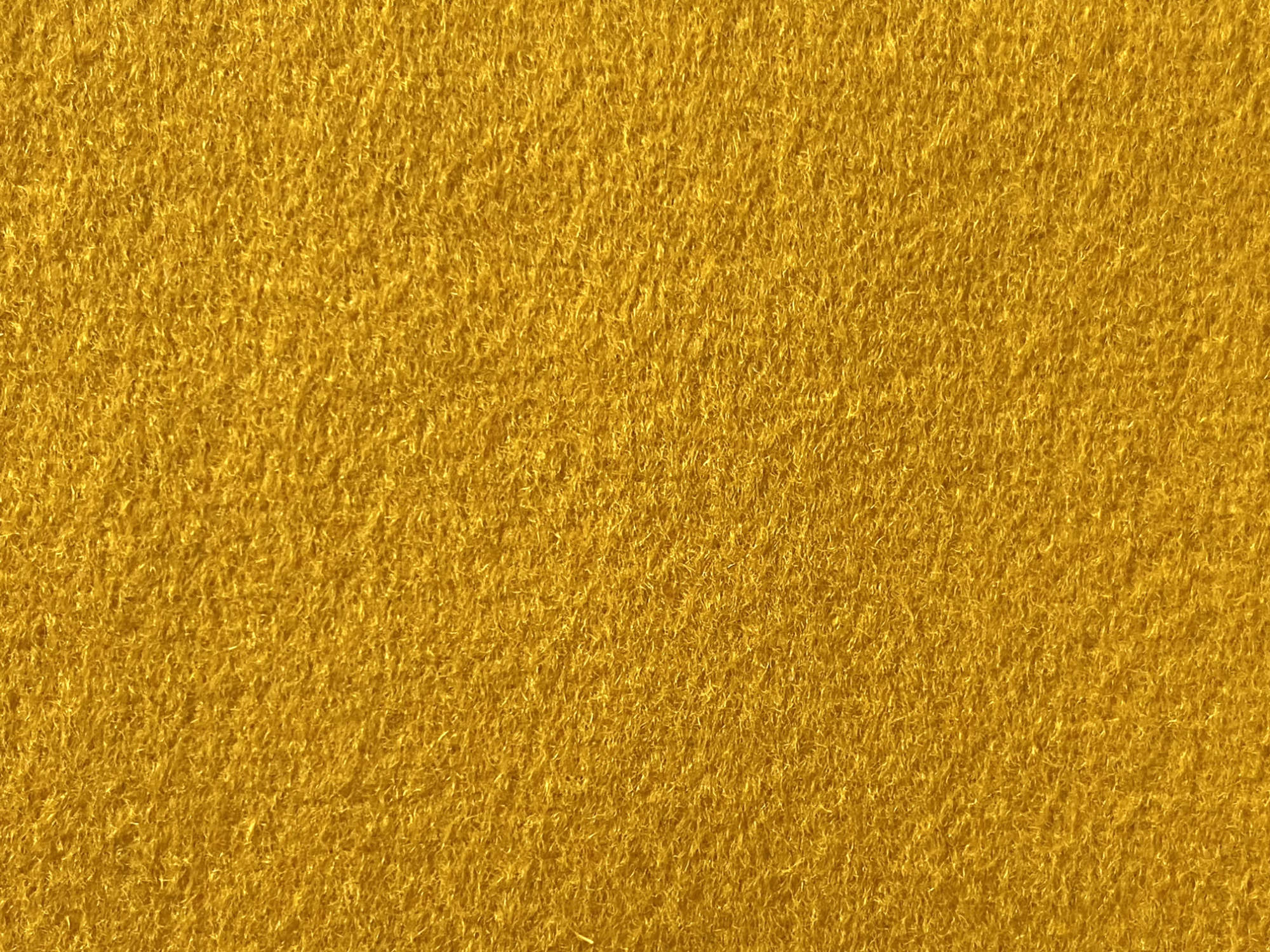
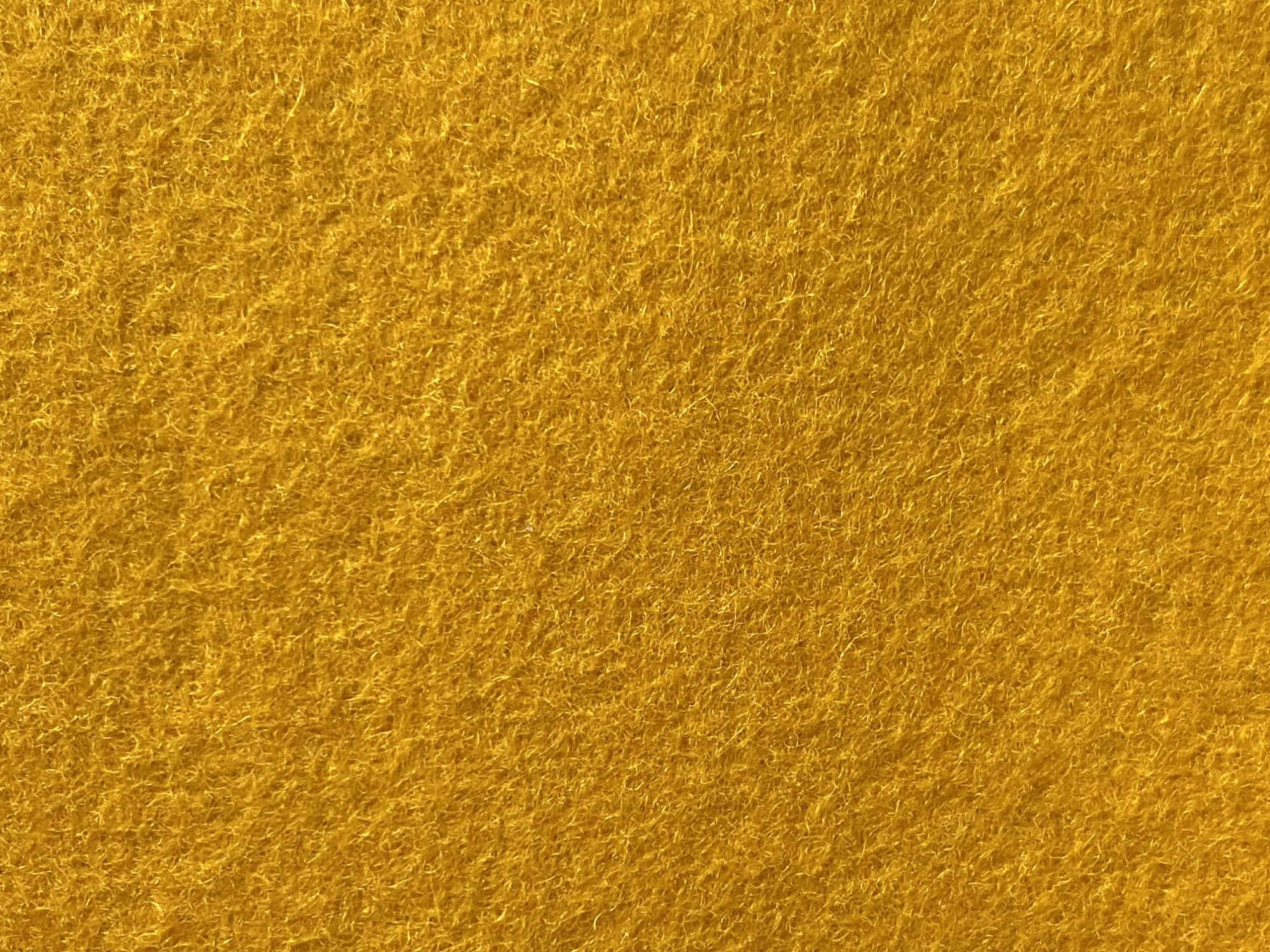
The Fold or the Roll
We always supply faced baize – whether folded or rolled – with the wrong side facing out. It is important to note which side is out when you first receive the fabric, to help keep a track of which side is which.
Identifying the Direction of the Nap of Baize
Finding and identifying the direction of the nap of a piece of baize can be daunting. So we have prepared a little proceedure to help you do so.
The nap of baize is like the fur of a dog or cat. So if you stroke from head to tail, the fur would be smooth and from tail to head you’d meet resistance and the fur would stand up. Similarly, the nap of baize is exactly the same.
The best thing to do if you’re unsure with a given piece of baize is to stroke the baize gently with you finger in four directions – let’s call them North, South, East and West.
Firstly rub from north to south and south to north noting if there is any difference in resistance, then from west to east and east to west.
The direction in which you meet resistance is going against the nap, you may also see a change in the look of the fabric’s texture. The opposite direction to this is going with the nap and should feel completely smooth. Ninety degrees to these directions is going across the nap. You should feel no marked difference in resistance or see no change in texture in either direction.
Did this Help you Know How to Identify Face and Nap?
If you found this guide useful, we’d love to hear about it in the comments below. If you’d like to know more about all of the baizes we stock we an article discussing the differences between the baizes we stock.
 GENUINE BRITISH MADE FABRIC | Worldwide Shipping |
GENUINE BRITISH MADE FABRIC | Worldwide Shipping | 
